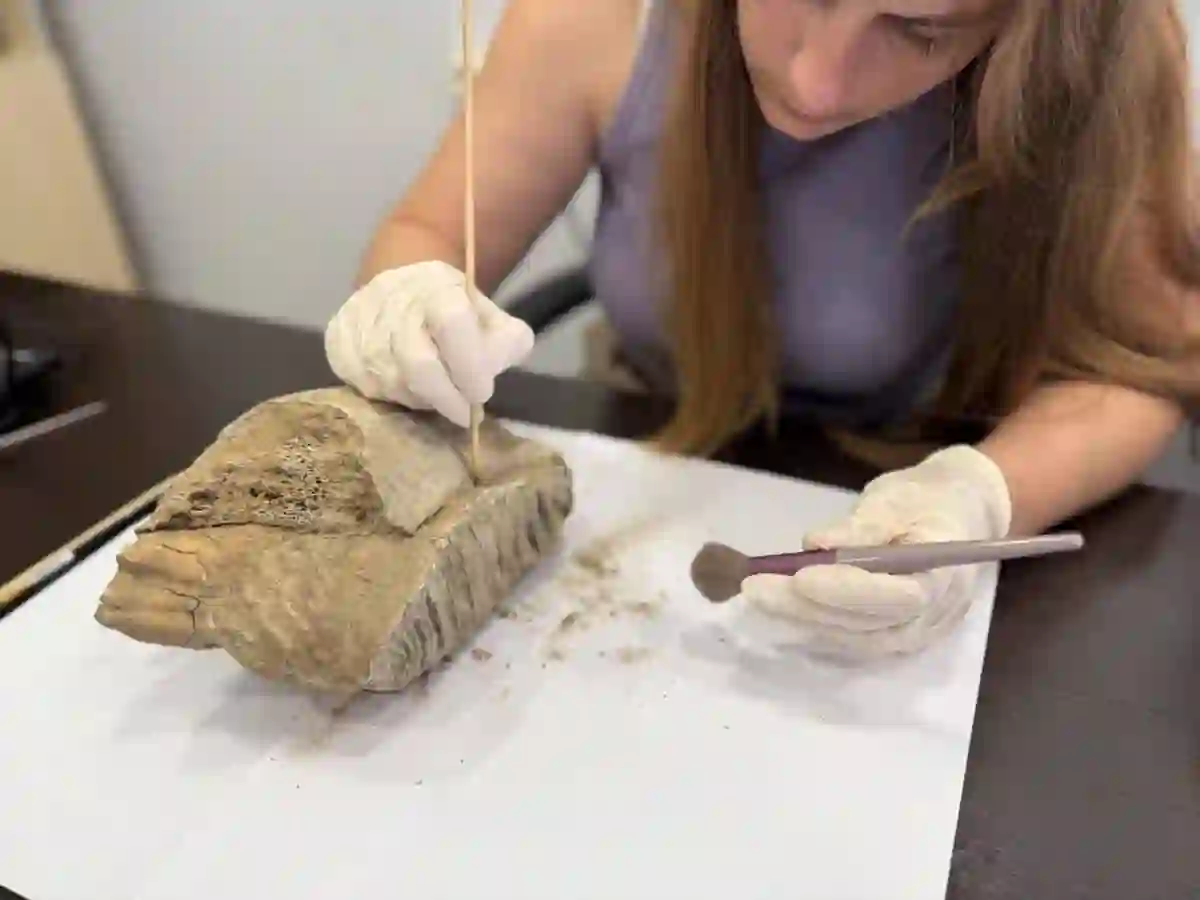Imagine strolling through a modern Russian city and stumbling upon a remnant of the Ice Age just beneath your feet.
That’s what happened in central Nizhny Novgorod, where archaeologists recently uncovered a tooth from a young woolly mammoth — a discovery that quite literally brings history closer to the surface.
This ancient fossil was found buried about two meters underground on the slope of Pochainsky Ravine, a site already known for hiding fascinating secrets from the past.
And according to regional governor Gleb Nikitin, this isn’t the first time Nizhny Novgorod has offered up mammoth remains.
Digging Up the Past in the Middle of the City
Governor Nikitin shared the news via Telegram, reminding locals that back in the 1930s, researchers found a mammoth skull complete with two molars not far from the Kremlin in the city center.
Nizhny Novgorod seems to be quietly sitting on a treasure trove of prehistoric relics — a fact that adds to its cultural and historical depth.
Experts believe this latest discovery offers more proof that mammoths roamed the Middle Volga region thousands of years ago.
As the Ice Age came to a close roughly 11,000 years ago, warming temperatures and a changing landscape likely pushed the woolly giants to extinction.
A Reminder of a Long-Lost World
The woolly mammoth, officially known as Mammuthus primigenius, was a tough and shaggy survivor of the Ice Age.
Evolving about 800,000 years ago in Siberia, it later spread across northern Eurasia and North America.
Its thick coat, long curved tusks, and humped back have become symbols of the prehistoric era.
Surprisingly, mammoths didn’t vanish all at once — some small populations lived on isolated islands until just a few thousand years ago.
Their closest living relative today? The Asian elephant.
From Ancient Fossils to Future Clones
As if digging up a mammoth tooth weren’t enough to excite imaginations, this real-world discovery comes at a time when scientists are seriously trying to bring the species back to life.
An American company called Colossal Biosciences has made headlines for its ambitious plan to genetically resurrect the woolly mammoth by 2028.
The project involves using Asian elephants as surrogate mothers and creating a hybrid species using preserved mammoth DNA.
CEO Ben Lamm told Bloomberg that Colossal is already in talks with various countries to find a suitable habitat where these genetically engineered animals could live safely.
Why This Discovery Really Matters
Aside from the thrill of finding a fossil in an urban setting, the mammoth tooth uncovered in Nizhny Novgorod reconnects us with a forgotten ecosystem.
It reminds us how much Earth’s climate has changed — and how it continues to shift today.
At a time when scientists are pushing the boundaries of genetics and conservation, this tooth is more than a relic.
It’s a symbol of where we’ve been… and possibly, where we’re going.
The Mammoth’s Legacy Lives On
Long before Georges Cuvier identified the mammoth as an extinct species in 1796, ancient cultures had already unearthed their bones and wondered about the giants they came from.
Today, we know that mammoths were just one branch of a large elephant family tree — and their remains continue to pop up, not just in far-flung tundras, but under city streets.
Whether as fossils or futuristic clones, the woolly mammoth refuses to be forgotten.
